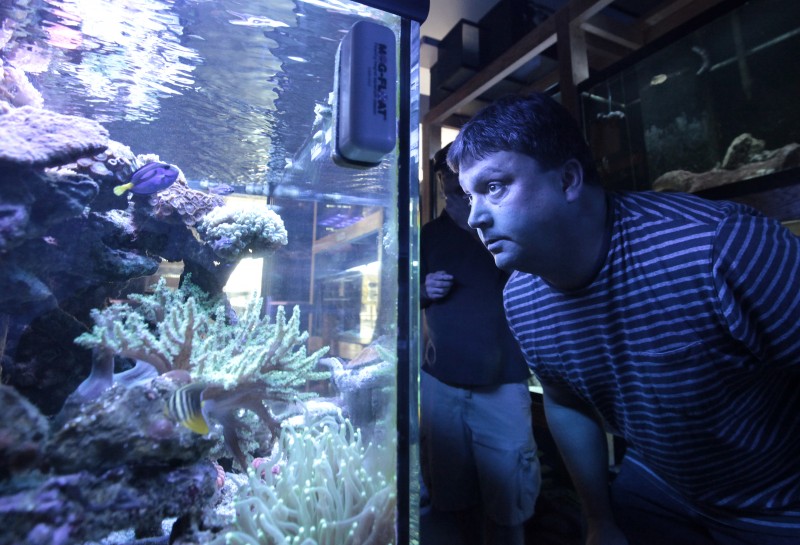
This consumption not only includes the removal of live aquarium specimens for the aquarium hobby, but also encompasses other related practices that detrimentally affect their populations and habitats. Home aquarium keeping is an unlikely source of scientific communication due to its highly consumptive past and, to an extent, present. This study indicates an aquarium helps link aquarists to an increasingly damaged aquatic world. Results indicate this response affects scientific and conservation awareness, enjoyment, interest, opinion forming experiences, and understanding. I argue the keeping of an aquarium may be motivated, and that motivation maintained, through an aesthetic interest, but the side effect of aquarium keeping is a personal response toward aquatic organisms.

In addition, the process of keeping a successful aquarium exposes the aquarium keeper to a vast array of scientific information, principles, processes, and methods. Further, this link seems stable, with the aesthetic value of aquatic organisms as one of the key motivators for hobby participation. Through interviews, content analyses, and participant observation, I found a modern and historical link between art and science in aquarium keepers.

It is important to understand the past, current, and future effects of the hobby on the aquarists who keep these systems. Because of these participation levels, home aquaria has huge outreach potential. households keeping freshwater aquaria and 2.5 million keeping saltwater ( American Pet Products Association, 2017) encompassing 139.3 million individual freshwater, 18.8 million saltwater organisms, and approximately 10% of the American population ( American Pet Products Association, 2017).

One such activity is the hobby of home aquarium keeping.Īquarium keeping is a global industry worth between 15 and 30 billion U.S. This line, between scientific communication and scientific entertainment, is dense with diverse recreation and leisure activities. Informal scientific communication includes passive means, often bordering on entertainment. These outcomes can be achieved through means defined as formal (e.g., school) or informal (e.g., citizen science Dickinson and Bonney, 2012). A “personal response” includes an awareness, enjoyment, interest, opinion forming experiences, and understanding. To communicate science, including conservation science, one must elicit a personal response toward science ( Burns et al., 2003). Aquarium keeping is not only a hobby, but because of the relationship between science and art, it can communicate, as well as spark conservation efforts in serious aquarists. The human dimensions of the aquarium hobby and the values of aquarists are important to understand for many purposes, most notably because it encompasses an enormous sample of the American population and is extremely lucrative to those along most of the supply chain. Further, this intersectionality motivates participation by providing new challenges and various forms of satisfaction. Through the process of successfully maintaining an aquarium, continued participation leads to a proficiency in applicable scientific facts, a better understanding of scientific processes, and an improved conservation ethic for aquatic resources. In addition, artistic expression and innovation intersect with scientific knowledge and application to create beautiful, biodiverse, ecosystems. Thus, this study indicates (1) caring for a home aquarium communicates science latently, (2) over time, latent science communication becomes activated, and (3) long-term aquarium keeping leads to a personal response in science, as well as conservation. This study examined aquarium keepers across the United States via interviews, participant observation, and an ongoing analysis of aquarium hobby literature. In this qualitative study, I examined the leisure activity of aquarium keeping and its ability to communicate relative aquatic facts and processes. Communicating science, defined as communicating scientific facts as well as teaching and using the scientific process, can also be done informally though leisure activities. In technology-driven societies, scientists, and educators alike flounder in making science interesting and applicable.


 0 kommentar(er)
0 kommentar(er)
